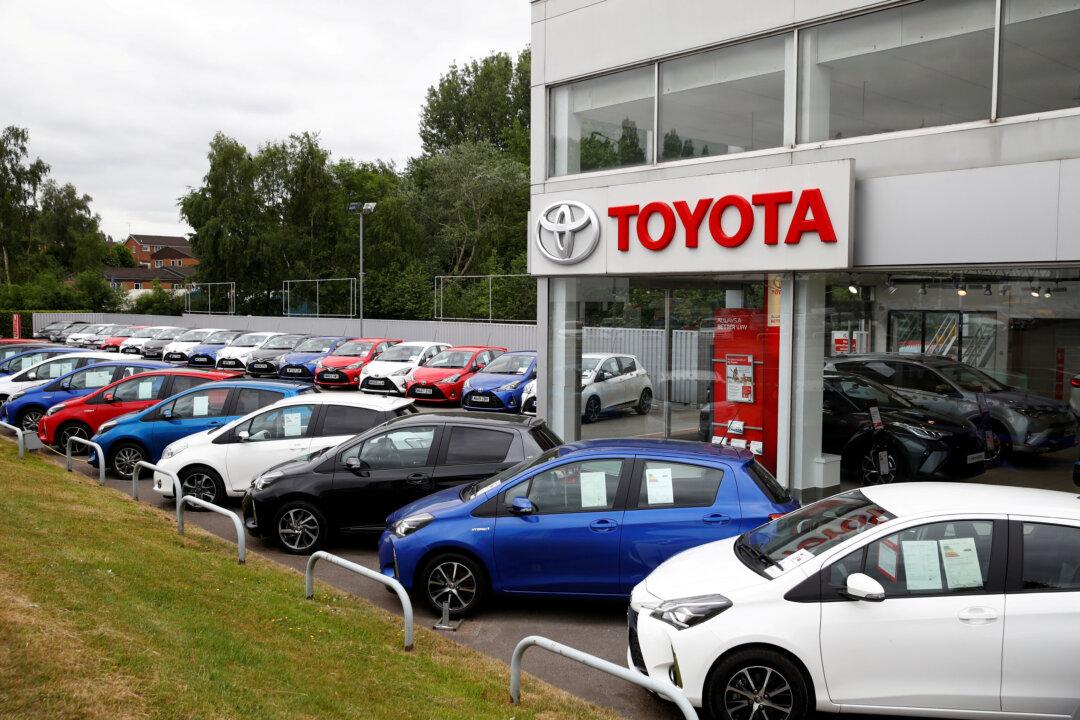Toyota Motor Corporation says fresh U.S. import tariffs and an unfavorable exchange rate will sharply reduce earnings this year, even as vehicle sales rise.
Toyota President and CEO Koji Sato told investors that the new tariffs have already cost 180 billion ($1.2 billion) in April and May alone.
Those two months are the only period included in Toyota’s forecast, so any duties that follow will cut profit beyond the current estimate.
A weaker dollar poses an even bigger hurdle because earnings from U.S. operations translate into fewer yen when the dollar falls.
Together, tariffs, exchange rates, and raw materials explain nearly the entire drop in profit guidance. Executives said the outlook will be revised if trade policy or exchange rates move in Toyota’s favor.
Last year’s results illustrate the base from which the company is now retreating. Sales revenue reached 48.04 trillion yen ($314 billion) and the operating margin held at 10 percent.
Profit for the March quarter was 1.12 trillion yen ($7.3 billion), nearly flat from a year earlier. Production in North America suffered from a four‑month shutdown at the company’s Indiana assembly plant, and its operating loss in the region widened to 100 billion yen from 28 billion yen a year earlier. Production in Japan remained profitable, with fourth‑quarter earnings there rising by 18 percent.
Electrified models continue to gain ground. Hybrid, plug‑in, and battery vehicles accounted for 46.2 percent of Toyota and Lexus retail sales last year. The share is expected to approach 50 percent, or roughly 5.18 million units, as global vehicle sales climb 5 percent to 9.8 million units in the current year.
Sato said ongoing cost‑reduction programs are meant “to firmly maintain and enhance [Toyota’s] earning power” even as external conditions change, and he believes rising volumes, deeper savings, and growth in parts, service, and financing will ease some of the pressure.
Despite the squeeze, Toyota will raise its full‑year dividend to 95 yen ($0.66) a share after paying 90 yen ($0.62) for the year just ended. Management says strong cash reserves, which still exceed 8 trillion yen, give the company room to keep rewarding shareholders.
Sato called the 3.8 trillion yen profit goal a starting point and promised updates once the true cost of the duties and the direction of the dollar become clearer. First‑quarter results, due later this summer, will provide the first major test of how well Toyota’s countermeasures are working.
Toyota shares fell 1.3 percent in Tokyo trading after the earnings release, reflecting investor concern that the company may struggle to meet its new profit target if tariffs persist.







